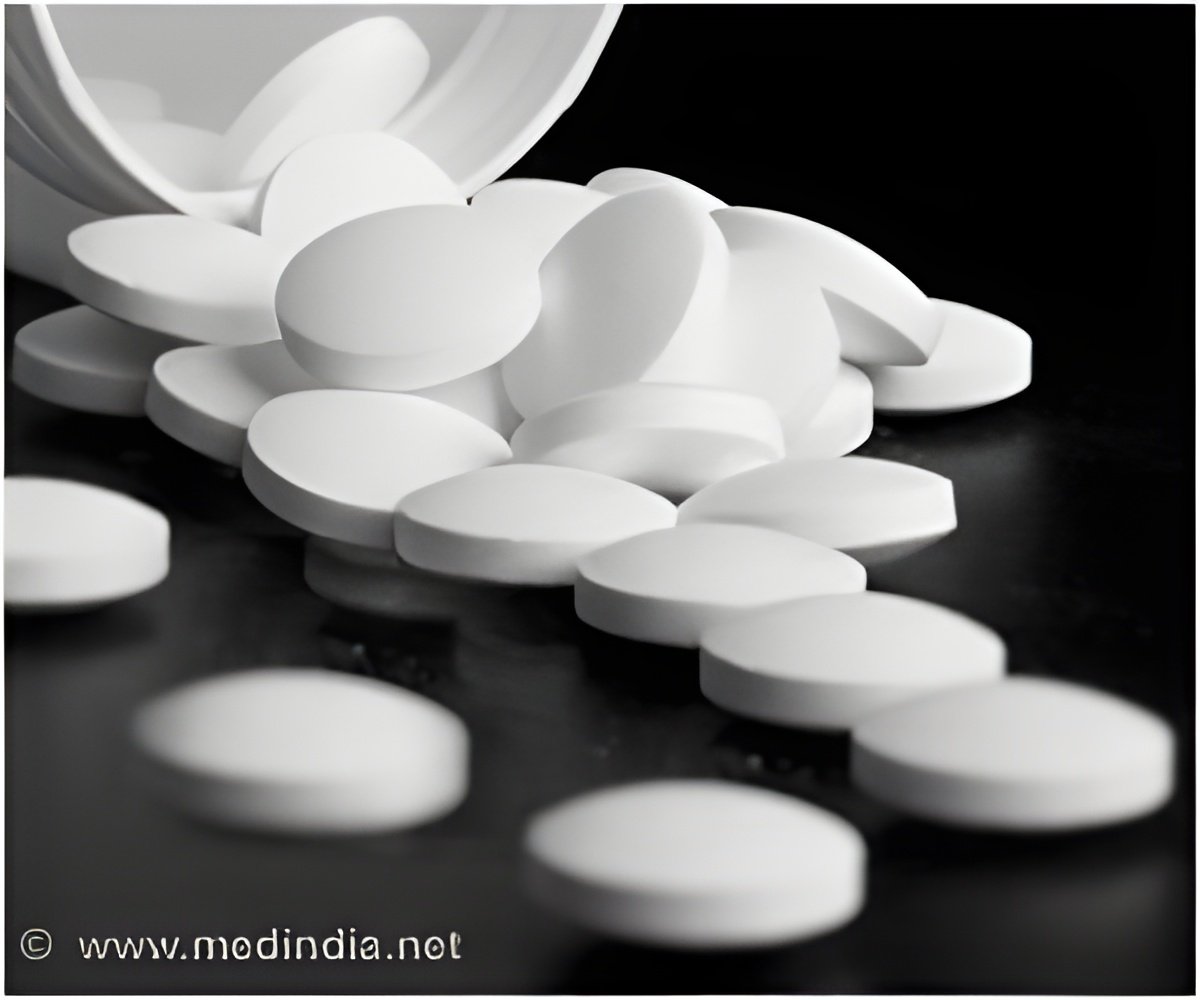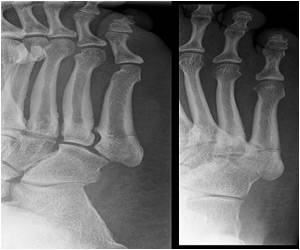Researchers have now turned towards clay to kill a range of pathogens. Clay is a naturally occurring substance recognized since antiquity for its medicinal properties.

Their study further indicates that, rather than the physical particles of the clays, particular metal ions attached to the clay are likely responsible for its potent antibacterial properties.
"While some natural clays, which have absorptive properties similar to sponges, have been used topically for centuries, scientific studies investigating the antibacterial mechanisms represent a relatively new area of research," Haydel said.
In the study, Otto and Haydel examined four clay samples and their respective aqueous mineral extracts or leachates and determined that the clays exhibited different in vitro antibacterial activities against E. coli and MRSA.
Mineralogically, the samples were nearly identical with 52 percent clay and 48 percent non-clay minerals, but the composition of metal ions released from the mineral surfaces varied considerably across the samples.
The tests, using aqueous mineral leachates of the four clay samples, uncovered a variety of elements in varying concentrations. Based on previous studies, the research team focused on five metal ions-iron (Fe), copper (Cu), cobalt (Co), nickel (Ni), and zinc (Zn).
The result pointed to the presence of metal ions in sufficient concentration as the antibacterial agent in the clay.
Haydel notes that physical and chemical properties of minerals contained in clays together contribute to healing properties. Minerals contained in clay mixtures have a negative surface charge that allows the free exchange of compounds from the environment, including bacteria, viruses, proteins, nucleic acids, and cations. Kaolinite, talc, and smectite clay minerals are highly absorptive.
Due to their ability to adhere to the skin, clays offer mechanical protection similar to a bandage, sealing out external physical or chemical agents, as well as absorptive properties which assist in removing devitalized tissue, particulate matter, or foreign materials from a wound.
The research has been published in the journal PLOS ONE.
Source-ANI
 MEDINDIA
MEDINDIA




 Email
Email






